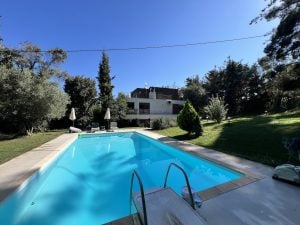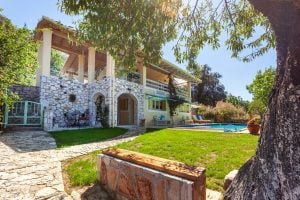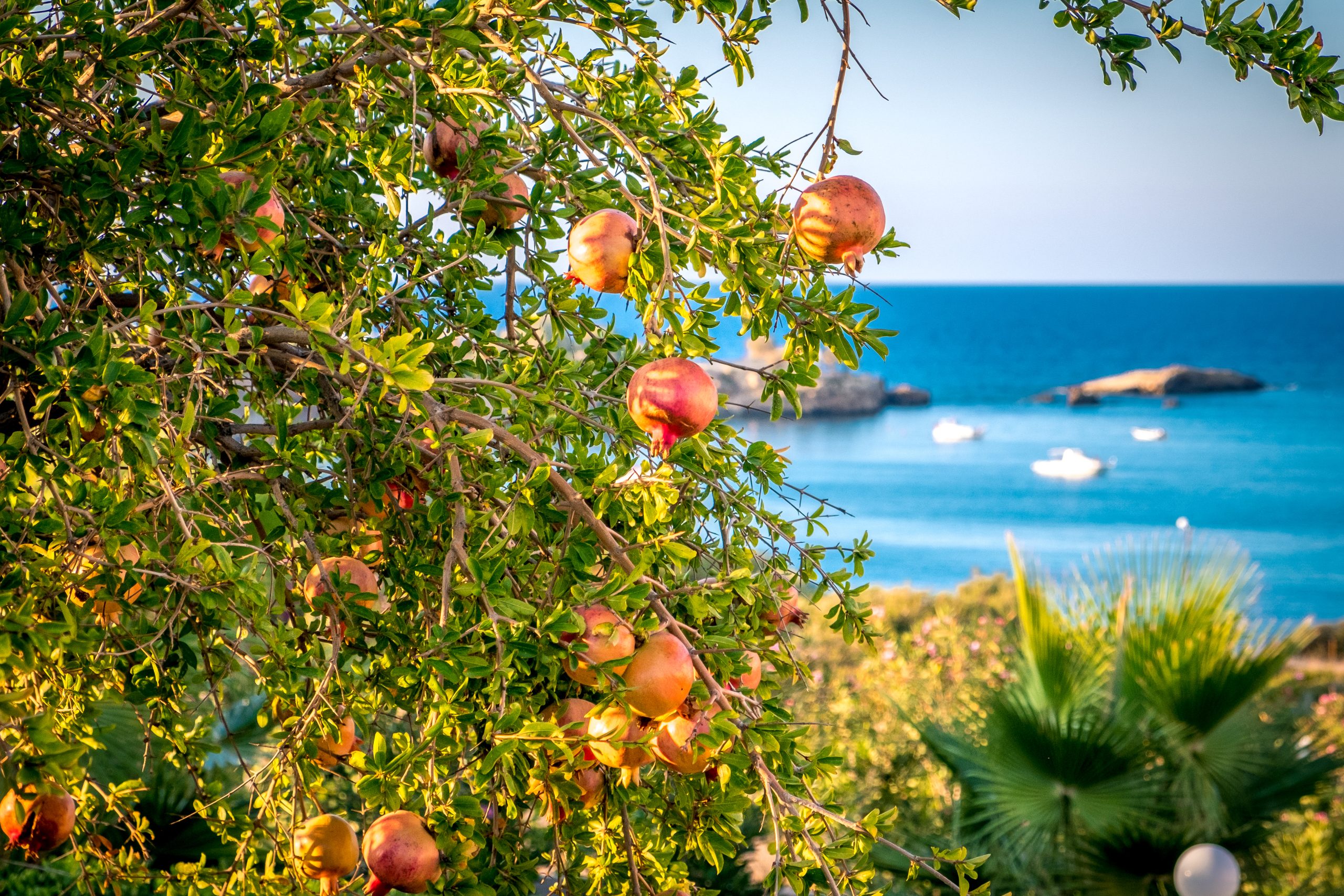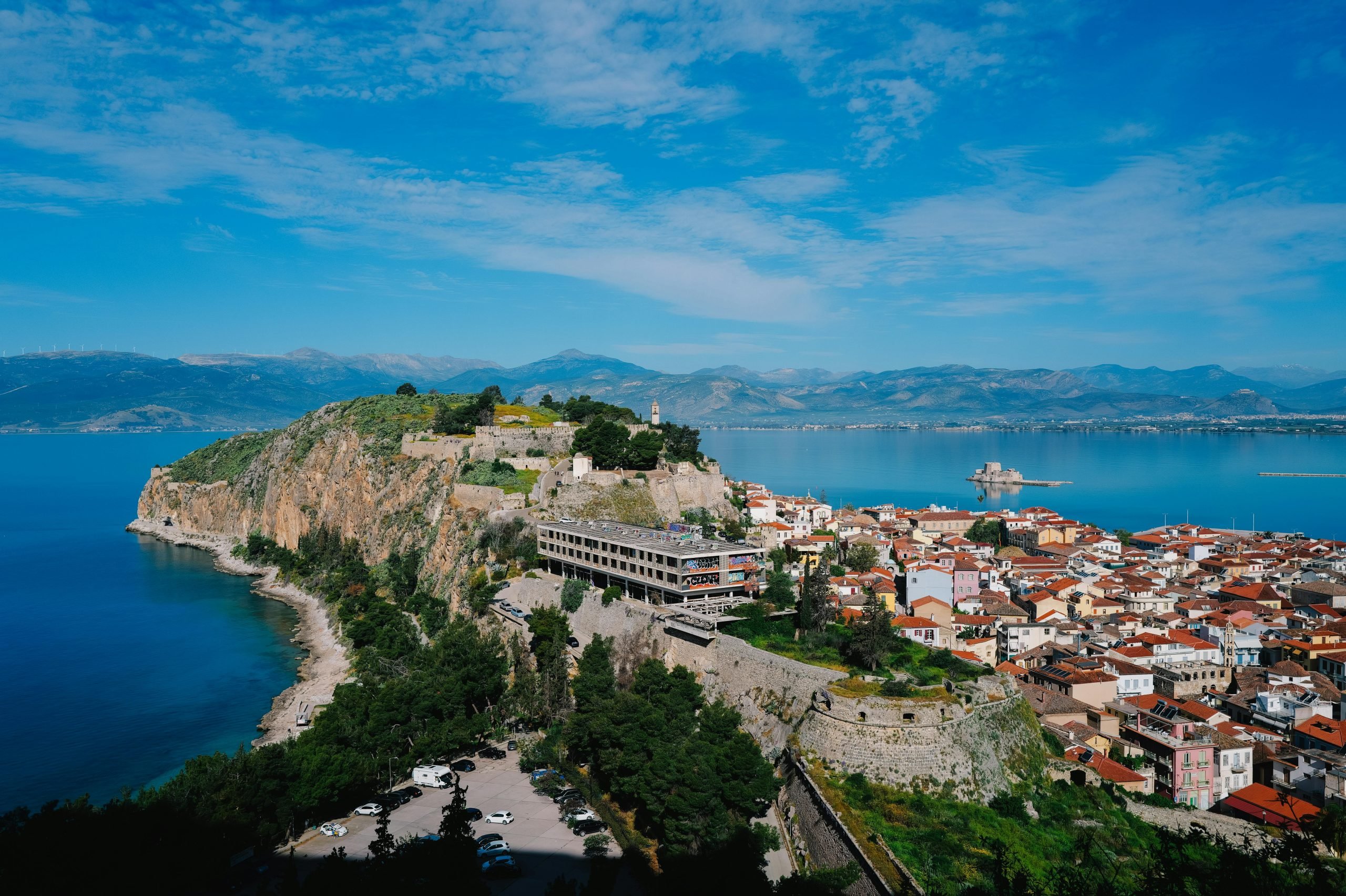Is there more to Greece than the blue and white houses of Santorini and Mykonos. “Yes, yes there is,” responds a voice from the mountains of Greece’s mainland. If you haven’t considered visiting the mastorochoria of Greece’s Epirus region, you need to chance your travels plans. As one of the most stunning autumn destinations of Greece, the Mastorochoria offer the best of Greece: charming locals, remarkable architecture, and fairy-tale landscapes.

What are the Mastorochoria?
There is no place like Epirus that exhibits in such an idyllic way the autumn pallet. The rustic brown of the tree barks gives way to golden bronze leaves gliding along soft breezes against the stone-build houses that complete this picturesque landscape.
The Mastorochoria are a cluster of villages in the most northern point of Epirus close to Konitsa, where Greece borders with Albania, and their name in Greek means “the villages of the masters” meaning masons. Among the Mastorochoria are Moista, Kastaniari, and Chioniades — names unknown even to many Greeks, but made even more special by the lack of tourist crowds.

Mastorochoria History
It is late October somewhere in the nineteenth century, and the masons return to their families in Mastorochoria. Every spring, a great majority of the villages’ male builders, led by an experienced grandmaster, would embark on a long campaign reaching at times as far east as Macedonia, a journey covering half of the northern mainland. During their yearly campaign, the group of masons would manage to deliver to their clients a completed house in about a month!
The Mastorochoria masons were not only known for their fast work pace, but they were mainly acclaimed for the precision of their craft.
Many of the stone-built houses found nowadays in northern Greece are products from these master masons and are still inhabited. Moreover, the tradition of building with stone is a craft that is still very much alive, not only in northern Greece, but also in Peloponnesos, Pelion, and Crete.

Why Use Stone to Build a House?
These stone-built houses were (and still are) favoured for functional reasons. They were easily heated in the colder months, while the thick stone walls kept them cool during the warm season. The masons’ advanced technique is to this day a matter of scholarly study.

Stone Bridges in Epirus
The Mastorochoria masons perfected age-old traditional techniques and adorned villages all over Epirus not just with beautiful houses, but also with cobbled-paved paths and arched bridges. In fact, their excellent work gave birth to a local proverb: God created Earth and all the stone that remained, he placed in Epirus.
The stone-built bridges are especially attractive to modern visitors as they are found within the national park of Vikos-Aoos. A well-known example is the bridge of Kokkoris, whose thin arch makes everyone avow at the engineering masterpiece masons accomplished in 1750! Still today, locals and visitors alike awe before the natural and human-made wonders of Epirus, and in its deep and breath-taking gorges anyone can witness the Epirot treasury, the vast amounts of stone.

Why Choose Epirus Over the Greek Islands?
We understand — the appeal of the sun, sea, and relaxation on a Greek island is hard to beat. However, the Epirus experience has its own appeal and is worth adding to your itinerary. During short and long visits in Mastorochoria, one can take on hikes of ranging lengths and levels of difficulty, view exemplary works of mason craftmanship, and enjoy the coming of autumn in sceneries that exist otherwise only in postcards.
If you plan to visit Greece during fall, consider taking the road less travelled: venture off the beaten path, and instead of visiting popular destinations by the sea, choose Epirus. There, you will be transported back in time, to a place where nature and man once combined forces to create a majestic landscape.



































